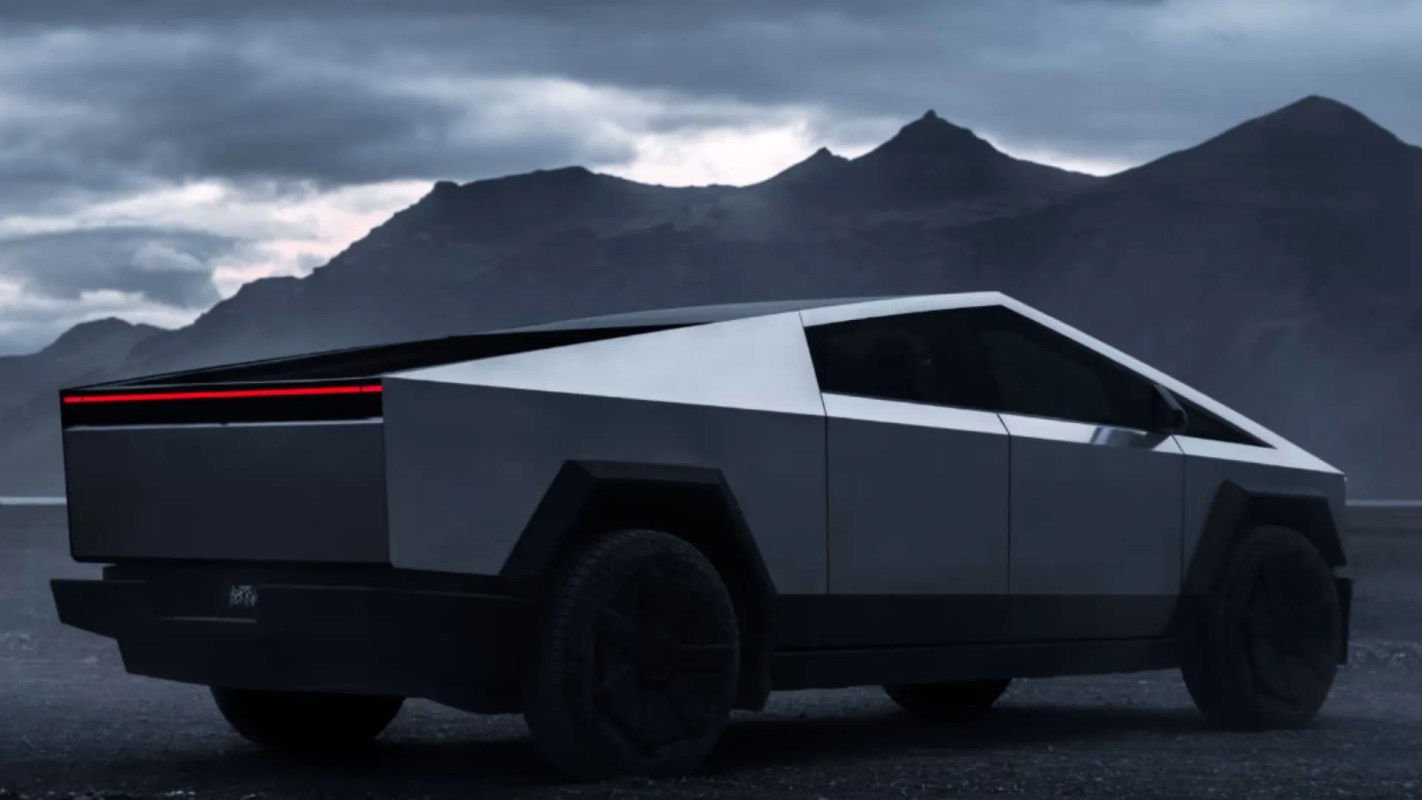Tesla's Cybertruck took a long time to arrive in the United States, with the all-electric pickup being delayed several times between its announcement in 2019 and release at the end of 2023.
But those excited about picking up the unusual-looking machine in Europe may be set for disappointment, as it's likely the truck will never be sold on the continent.
SupercarBlondie detailed some of the reasons why the truck will probably not cross the Atlantic Ocean.
First, pickup trucks simply aren't as popular in Europe as they are in North America. As the publication noted, only 116,280 pickups were sold to European drivers in 2020 compared to the three million sold in the U.S. alone.
And since the Cybertruck is only being built at Tesla's Texas Gigafactory, there seems little point in hauling the models across the ocean only for them to be met with little fanfare.
Even Tesla vice president of vehicle engineering Lars Moravy is unconvinced of the appetite among Europeans for the electric beast that can provide around 340 miles of range on a single charge.
Watch now: The most sustainable thing about the new Rivian? Its price tag
But Moravy also observed that European Union law might be a prohibitive factor.
"European regulations require a rounding of 3.2 millimeters on protruding parts," Moravy said, per SupercarBlondie. "Unfortunately, it is impossible to make a rounding of 3.2 millimeters on a 1.4-millimeter sheet of stainless steel."
The angular façade of the Cybertruck has certainly split opinion among motoring enthusiasts, but Tesla perhaps didn't realize the boxy exterior would put it at odds with EU vehicle guidelines.
Additionally, the sheer weight of the Cybertruck puts it close to an unusual vehicle class in the EU. A European category B driver's license, which is held by most drivers, only allows for driving a vehicle up to 7,716 pounds.
TCD Picks » Quince Spotlight

If the Cybertruck is carrying its full payload of around 2,500 pounds, that would push its total weight to a little over 9,300 pounds, far exceeding what most Europeans would legally be allowed to drive.
Charging points might also be a problem. Despite a worldwide push to improve the availability of EV charging infrastructure — saving electric vehicles from the perils of range anxiety in the process — the EU has the Combined Charging System 2 plug at most charging stations, whereas the Cybertruck requires the North American Charging Standard plug.
It's a shame for Tesla fans in the EU. While it's unclear just how coveted the Cybertruck would be, providing an alternative to popular light-duty passenger cars would at least offer variety on the market, perhaps convincing some drivers to invest in a model that produces zero tailpipe pollution out on the road.
That could be bad news for Earth, too, as taking as many gas-guzzling cars off the asphalt as possible is crucial to avoid the production of planet-warming gases that contribute to global heating.
Join our free newsletter for cool news and actionable info that makes it easy to help yourself while helping the planet.













